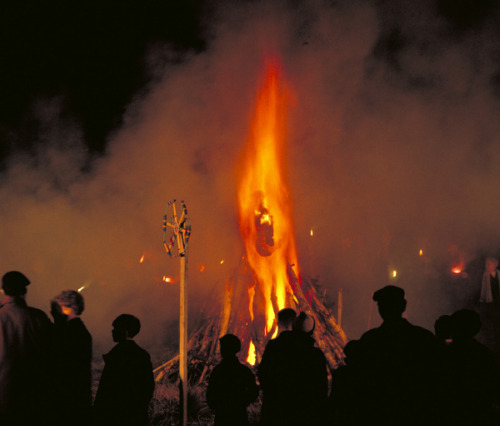Conclusion
Although I have touched on only a small part of what is known about the Gunpowder Plot, I think there is sufficient information to indict, if not convict, Robert Cecil, the first Earl of Salisbury, as the mastermind of a plot to 'smoke out' his Catholic enemies, using a few members of the court, especially Robert Catesby and Thomas Percy, whom he had earlier embroiled in plots that left them indebted to him for their survival.
There are strong indications that the plan to blow up the King and Parliament was never going to happen. The clearest piece of evidence, modern handwriting analysis of the Monteagle letter, indicates that Cecil himself wrote the document to make the King think that he had been divinely saved, to show the King who his 'true' supporters were, and to abort any actual assassination attempt his agents may have provoked. (There is even documentary evidence that some, if not all, of the gunpowder had spoiled in the dank storage room under the House of Lords, and would not have ignited.) Many of those caught up in the plot may have though the planned explosion would occur. Others may have understood that they were involved in some different adventure with the English regiment. Some only became involved when it was too late to back out of the trap. Cecil sacrificed Catesby, Percy, and some others who thought they were doing his bidding. Those at his mercy found that he had none. In the end his plan to purge Catholicism in England was hugely successful.

The false history of Guy Fawkes and the Gunpowder Plot is taught to this day and remains the common understanding. Cecil's victory is still celebrated annually in an attenuated form. But his treachery was suspected from the beginning, and is now demonstrated.